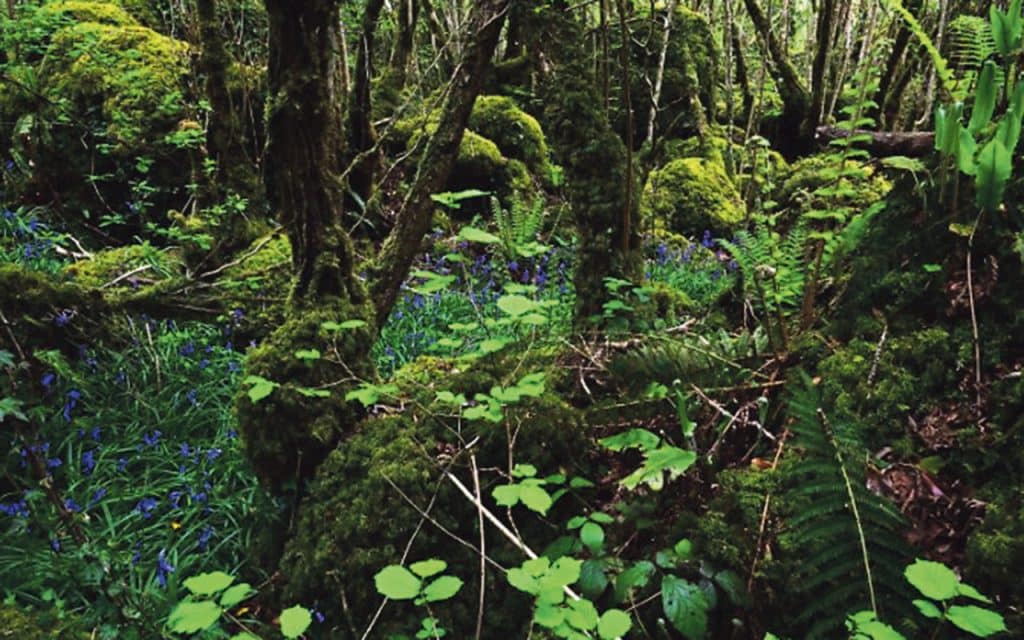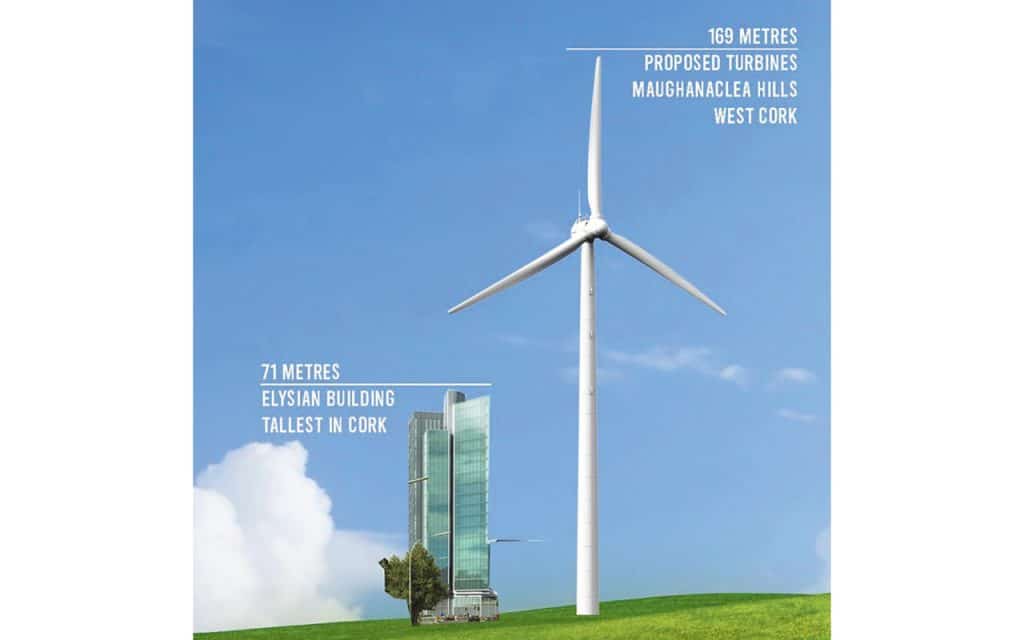This month, Niamh O’Leary, part of the Save Murragh Action Group committed to protecting the Bandon River Valley, discusses the relevance of Shifting Baseline Syndrome, where people’s perception of what is ‘normal’ for the environment gradually changes over time, often due to a lack of awareness or memory of past conditions.

When you picture the Irish countryside, what comes to mind? Rolling green fields, stone walls, perhaps the odd patch of forest? For most people, that is the Ireland they know and love. But what if this familiar landscape is not ‘natural’ at all, but a sign of how much has already been lost?
There is a phenomenon called Shifting Baseline Syndrome (SBS), first documented by marine biologist Daniel Pauly in 1995, who observed that each generation of fisheries scientists accepted the environmental status at the beginning of their careers as the baseline from which to measure change. Over time, a depleted ecology is considered the norm. Shifting Baseline Syndrome is gradual lowering of expectations about the natural world. Each generation grows up with its own version of ‘normal’, forgetting or never knowing how much richer and more abundant the environment used to be.
What do we consider ‘normal’ nature? For many, it’s the number of birds in the backyard, the fish hauled in during a summer trip, or the forests seen on a weekend hike. Yet what we see as ordinary today may in fact be a shadow of what once was. Take forests in Ireland as an example, most of the woodland seen in Ireland today is plantations of which are primarily made up of sika spruce. Natural forest covers a very small percentage of Irish woodlands, with recent studies finding the figure to be around one to two per cent of the total land area. In contrast, the total forest cover in Ireland is approximately 11 per cent, but the majority of this consists of non-native, commercial conifer plantations rather than ancient or native forests. Historically, Ireland was heavily forested, with over 80 per cent of the island covered by trees after the last Ice Age. Generations of Irish people have grown up seeing bare hillsides and open farmland as the natural state of the land. But in truth, this is a landscape shaped by centuries of clearing, grazing, and draining. Our baseline has shifted so far that many people cannot even imagine Ireland as a densely wooded island.
The same story plays out in our rivers and seas. Many Irish rivers (e.g., the Shannon, Bandon, Boyne, Moy, Blackwater) once teemed with wild Atlantic salmon, sea trout, lamprey, sturgeon, and freshwater pearl mussels but this is no longer the case. Our rivers have seen a steady decline in such habitants over decades. Monitoring data from the Environmental Protection Agency (EPA) shows a long-term reduction in the proportion of Irish rivers at ‘high ecological status’. Older records show runs of salmon and trout in the millions, while today’s runs are a fraction of that. Yet younger generations often see current, much smaller runs as ‘healthy’ because they don’t know what the river once produced. Sadly, our rivers are under increasing pressure due to industrial activity, increased demand for water supply and Climate Change.
The consequence for Shifting Baselines for our rivers is, it risks normalising loss of biodiversity and ecosystem services (flood protection, clean water).
Shifting baselines matter because they shape policy and public will. If people assume that scarcity is natural, they are less likely to demand stronger protections for wildlife, cleaner rivers, or ambitious climate action.
But there is hope. Across Ireland, projects are working to restore what was lost. The reintroduction of the white-tailed eagle to Kerry, after more than a century of extinction, has brought one of the island’s great predators back to the skies. Bog restoration projects are beginning to heal peatlands, turning drained wastelands into living, breathing carbon stores once more. Community woodlands are showing people what native forests can look like when given the chance to regrow.
To succeed, these efforts must go hand in hand with a renewed awareness of our ecological history. Old maps, folklore, and family memories can remind us of the richness that once existed. Education, too, can inspire younger generations to see beyond what is in front of them – to imagine an Ireland where rivers run full of fish, forests teem with life, and meadows ring with birdsong again.
Shifting Baseline Syndrome poses a hidden threat to Ireland’s environment, as it erodes collective memory of abundance and narrows the scope of conservation goals. Recognising that today’s depleted landscapes are not inevitable but the result of centuries of change is vital. By restoring our ecological memory, Ireland can move beyond accepting loss and instead work toward recovering the richness of its forests, rivers, and seas. The challenge is not simply to conserve what remains, but to remember – and strive for – what has been forgotten.
If we remember what once was, we can raise our expectations of what could be again. Ireland’s landscapes and seascapes are not destined to remain diminished. With vision and effort, they can be restored.
You can follow Save Murragh Action Group on their socials @Save Murragh


